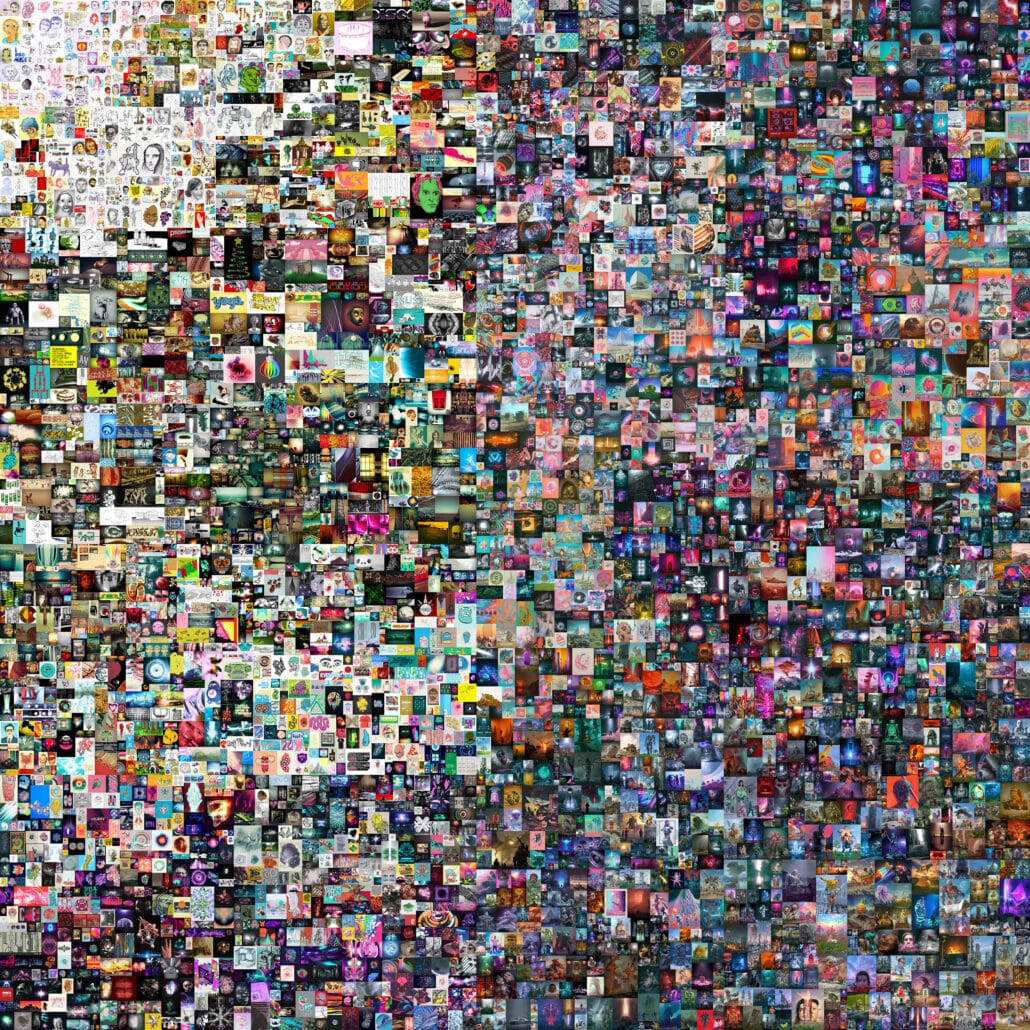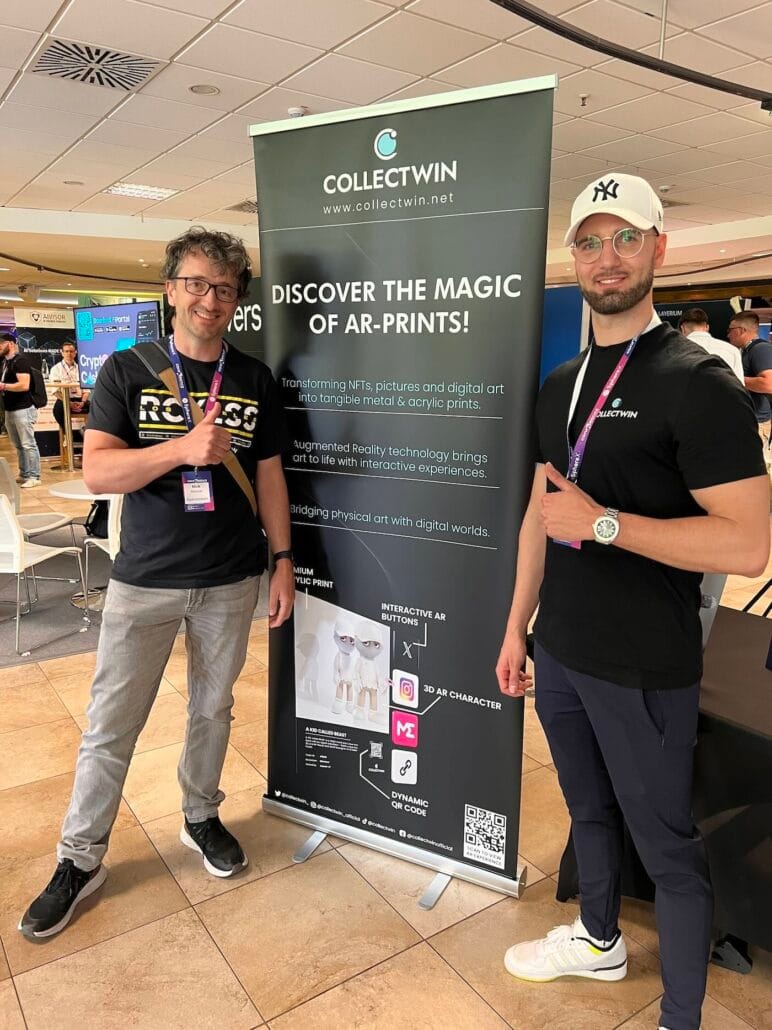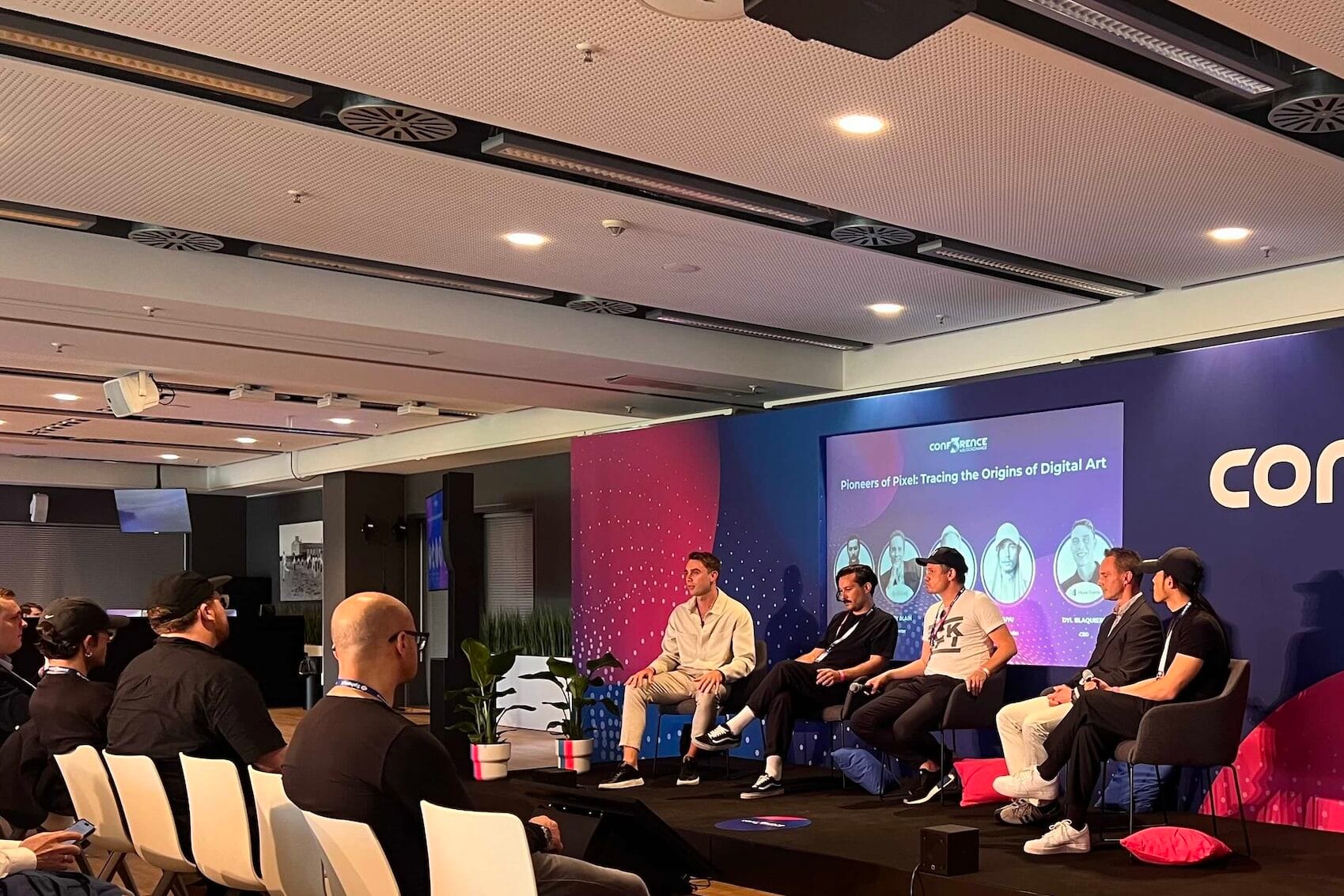Another highlight of the first day at CONF3RENCE & Blockchance was a panel discussion about the transformative impact of technology on the art world, particularly through the lens of the creator economy and the rise of digital art. The panelists, including digital artists YuYu and HOXID, Rory Blain from Sedition, Frank Neidig from Flux Collective, and moderator Dyl Blaquiere from Muse Frame, explored the historical progression of digital art, the influence of pioneers like Oskar Fischinger and Nam June Paik, and the shift towards digital mediums in the 60s and 70s.
Key Topics
- Creator Economy and Digital Art
- Evolution of Digital Art
- Impact of NFTs and Blockchain
- Role of AI in Art Creation
- Future of Digital Art and Display Technology
Summary Panel Discussion
The conversation delved into the significant role of NFTs and blockchain technology in establishing provenance and value for digital art, with the Beeple sale being a notable milestone. The panelists discussed the benefits and challenges of NFTs (digital assets with unique ownership proof), including the ease of collecting and selling digital art, the need for more curation in the space, and the importance of focusing on the art itself rather than the medium.

AI’s influence on art was another key topic, with varying opinions on its role as a tool for creativity versus its potential to disrupt traditional art-making processes. The panelists agreed that AI is likely to have a profound impact across all sectors, not just art.
Looking to the future, the panelists expressed excitement about the increased accessibility of digital art, the potential for new display technologies, and the integration of art into the metaverse. They emphasized the importance of presenting high-quality digital art and the evolving ways in which it can be experienced, such as through dedicated art display devices like those from Muse Frame.
Overall, the panel highlighted the dynamic and evolving nature of digital art, the opportunities and challenges presented by new technologies, and the ongoing dialogue between traditional art practices and digital innovation.
Bringing your Art to Life with Augmented Reality
Muse Frame is a great way to showcase NFTs in a 4K digital frame. Another very fascinating and creative way of displaying your NFTs is to transform them into stunning, durable metal or acrylic prints. Collectwin was one of the exhibitors at CONF3RENECE & Blockchance.

Collectwin’s innovative AR (Augmented Reality) feature transforms your printed artwork into an interactive experience. By simply scanning the QR code on your print, a 3D model of your artwork comes to life, creating a captivating overlay right before your eyes. This state-of-the-art technology adds an extra dimension to your art, making it not just a piece to view but an experience to interact with.
- Easy and Accessible: No need for additional apps or complicated setups. All you need to do is scan the QR code on the print and allow camera access on your device. Our AR feature is designed to be straightforward and user-friendly, ensuring everyone can enjoy this modern art experience.
- Interactive Elements: The AR functionality goes beyond just visual appeal. Interactive AR buttons are incorporated, providing direct links to the NFT page associated with your artwork. This seamless integration offers a deeper understanding and connection to the digital origins of your piece.
- Custom AR Features: On request, Collectwin can tailor the AR experience to suit your specific desires or needs, offering a truly personalized and unique interaction with your artwork.
- Merging Worlds: The AR feature exemplifies the fusion of digital and physical art realms. It’s not just an enhancement of the visual aspect but an expansion of how art is perceived and enjoyed. This feature invites users to engage with art in a more immersive and dynamic way.
- Upgrades Made Simple: If you initially choose a print without AR functionality, upgrading later is effortless. Thanks to their dynamic QR code technology, they can update your print’s code to activate the AR features. This flexibility ensures your artwork can evolve and stay current with technological advancements.
Conslusion
Tracing the origins of digital art reveals a fascinating journey that blends technology with creativity, transforming how art is created, viewed, and experienced. Beginning in the 1960s and 70s, pioneers like Oskar Fischinger and Nam June Paik began experimenting with electronic media, laying the groundwork for digital artistry. The evolution of digital art accelerated with the advent of personal computers and graphic software, enabling artists to explore new forms and techniques. The rise of the internet further expanded digital art’s reach, making it more accessible and interactive. Today, innovations such as NFTs, blockchain, and AI are revolutionizing the art world, providing artists with novel tools to create and distribute their work, and offering collectors new ways to engage with and appreciate art. This ongoing evolution reflects a vibrant and dynamic interplay between technology and artistic expression, continually pushing the boundaries of what art can be.




Schreibe einen Kommentar